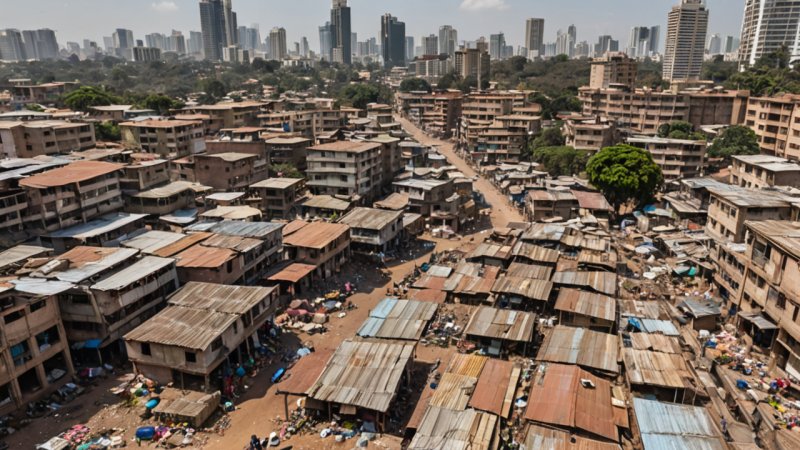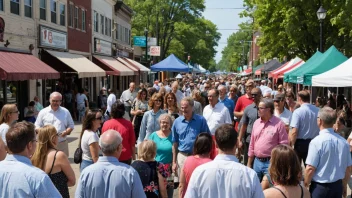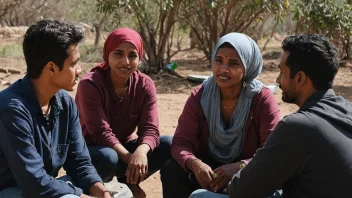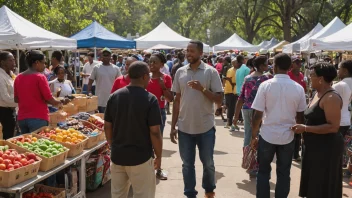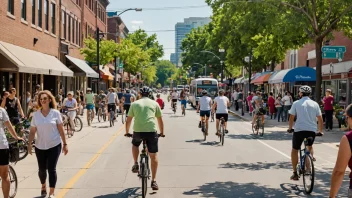As urban areas continue to expand at an unprecedented rate, the implications for disaster vulnerability have become increasingly significant. Urbanization can provide opportunities for economic growth and improved living standards; however, it also contributes to a range of challenges that exacerbate a community's risk during disasters. In this article, we will explore the multifaceted impact of urbanization on disaster vulnerability through five key points, offering insights into how individuals and communities can better prepare for and respond to these challenges.
1. Rapid Population Growth in Urban Areas
The relentless influx of people into cities often outpaces the infrastructure development required to support them. This rapid population growth leads to overcrowding, which can strain public services such as healthcare, sanitation, and emergency response systems. As a result, during a disaster, these systems may become overwhelmed, leaving vulnerable populations without the necessary support. To mitigate this issue, urban planners can focus on sustainable development practices that prioritize the integration of necessary infrastructure and services as populations grow.
2. Informal Settlements and Increased Risk
Many urban areas experience significant growth in informal settlements or slums, where residents often lack secure housing and access to essential services. These settlements are typically located in high-risk areas prone to flooding, landslides, or other natural hazards. The lack of proper building materials and adherence to safety regulations further amplifies the vulnerability of these communities. Advocacy for affordable housing solutions and legal recognition of informal settlements can help improve safety and resilience in these areas.
3. Environmental Degradation and Urban Heat Islands
Urbanization often leads to environmental degradation, including deforestation, loss of green spaces, and increased pollution. These changes can create urban heat islands, where city temperatures are significantly higher than surrounding rural areas. This phenomenon can exacerbate the effects of heatwaves and hinder recovery efforts during disasters. Individuals can contribute to mitigating these effects by engaging in community initiatives focused on reforestation, sustainable landscaping, and promoting green infrastructure such as parks and gardens.
4. Economic Disparities and Social Inequality
Urbanization can intensify economic disparities and social inequalities, which can have dire consequences during a disaster. Marginalized communities often lack access to resources and support, making them more vulnerable when disasters strike. Furthermore, these inequalities can hinder effective recovery efforts, as wealthier individuals may recover faster than those with fewer resources. To foster resilience, community organizations can work to promote social equity, ensuring that all residents have access to the resources and information necessary for disaster preparedness.
5. The Importance of Community Engagement and Education
Finally, fostering a culture of community engagement and education is crucial in addressing the challenges posed by urbanization. Empowering residents to participate in disaster preparedness initiatives can enhance community resilience. This can include organizing workshops, drills, and discussions about emergency plans and resources available during a disaster. Educating individuals on the risks associated with urbanization and how they can contribute to mitigation efforts is vital for building a proactive and informed community.
In conclusion, while urbanization presents numerous opportunities for growth and development, it also significantly impacts disaster vulnerability. By understanding the interconnectedness of rapid population growth, informal settlements, environmental degradation, economic disparities, and the importance of community engagement, we can better prepare for and respond to disasters. Individuals have a vital role to play in advocating for sustainable practices, promoting social equity, and participating in community preparedness initiatives. Together, we can work towards building more resilient urban environments that are better equipped to handle the challenges posed by disasters.
